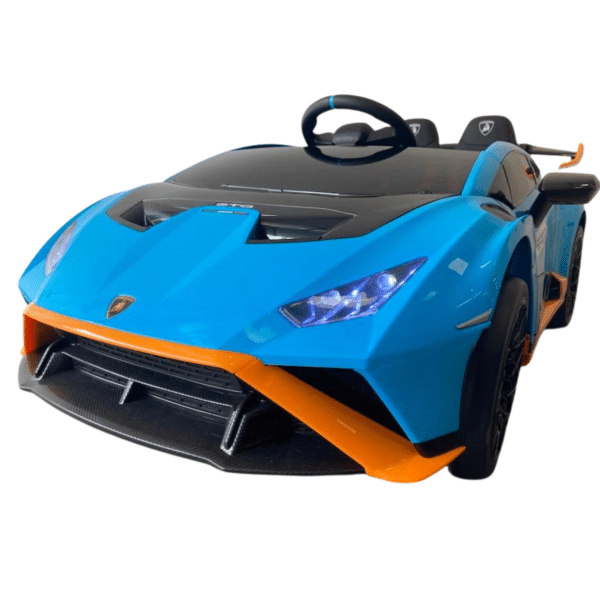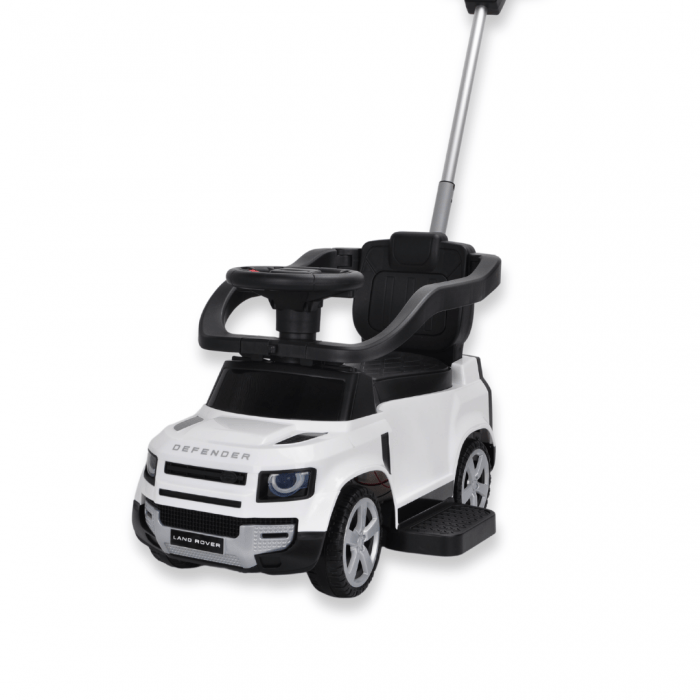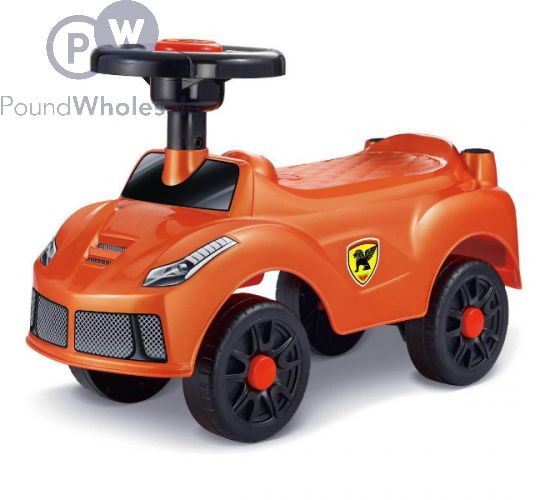Excellent News To Picking Electric Kids Cars
Excellent News To Picking Electric Kids Cars
Blog Article
What Should You Look For In Ride-On Cars For Younger Toddlers And Older Children?
It's important to consider the age, size and development stage of your child when deciding an appropriate ride-on car. This will ensure they're secure and have fun with the experience. What factors should be considered when evaluating these aspects - Age
Younger Toddlers (1-3 years old) - For toddlers who are younger choose ride-on vehicles that are designed specifically for their age group. They usually come with the appearance of a stable, low-profile design and easy-to-use controls. They are also typically equipped with simple features, such as steering wheel, buttons or handles. Pick ride-ons with a substantial base for stability, and a minimal risk of tipping.
Older Children (3+years old) As children grow older, they are better in their ability to handle more advanced ride on cars that are equipped with more controls and features. Look for cars that have an adjustable seat with a larger weight capacity and more interactive functions such as lights, sounds or music. Think about ride-on cars that feature variable speeds or parental controls to suit different skill levels.
Size
When choosing a ride-on vehicle, consider your child's weight and height. Pick a car with a the weight and capacity that is suitable for your child. Avoid cars that are too big or small, since they could cause discomfort or make it unsafe for your child to travel in.
Comfort and legroom Be sure that the car has enough space and legroom to allow your child to comfortably sit. The dimensions of the seating area must be appropriate for the size and height of your child.
The Developmental Stage
Motor Skills – When choosing the right ride-on it is important to consider your child's motor skills and their ability to coordinate. Older children may be able to use more advanced features and controls, while younger toddlers might need simpler controls.
Ride-on Cars Foster Confidence and independence - As kids learn to drive and navigate, ride-on cars foster confidence and help them develop their independence. Choose a ride-on car which allows your child to practice steering, accelerating, and braking without assistance, building confidence with time.
When choosing a ride-on vehicle take into account your child's preferences and the interests of your child. Pick a car with themes, colors, or features that appeal to your child whether it's a classic sports car, truck or a themed character vehicle.
Consider your child's size and age, as well as their developmental stage to choose a car that is safe, comfortable, and fun. It will be a great place for endless hours of education and enjoyment for your child as they play and explore. Have a look at the recommended JCB ride on toys for website info including cars pedal car, 2 seater electric cars, toy with car, car on ride, electric ride along car, lambo toy car, childrens digger, toy with car, electric car ride, toy a car and more. . 
What Are The Models For Outdoor And Indoor Children's Cars Made?
Models of kids' cars come with specific features that are suited to various environments and usage scenarios that are indoors or out. Here are some of the variations in these car models indoor Use Cars
Dimension and weight The majority of indoor cars are smaller and lighter in order for them to be tucked away in tight spaces such as bedrooms, living rooms and hallways. They are compact enough to be maneuverable around narrow spaces and tight corners without causing damage to walls or furniture.
Low Ground Clearance: Indoor-use cars have a lower ground clearance, which means they won't get stuck or snagged by obstacles such as rugs carpets or thresholds. This allows the car to glide smoothly and without interruption over indoor surfaces, without any risk of it getting stuck or falling over.
Smooth Wheels Smooth Wheels: The wheels on indoor cars are usually constructed from smooth materials such as rubber or plastic. This creates the traction and grip needed for smooth surfaces, such as flooring made of hardwood laminate floors, tiles. The wheels are designed to minimize noise and prevent scratching or scratching surfaces.
The limited speed of cars used for indoor use usually have reduced maximum speeds in order to provide controlled and safe operation in tight spaces. This can prevent accidents and collisions with furniture such as walls or obstructions found inside.
Outdoor Use Cars -
Durable Construction - Cars intended that are designed for outdoor use are constructed using durable materials. They are made of tough plastics or metals to stand up to the harsh elements outside like humidity, sunlight and temperature fluctuations. They are less likely to be afflicted by tear and wear caused by exposure to outdoor elements.
Higher Ground Clearance for Outdoor Use cars have higher ground clearance to navigate bumps, uneven terrain or obstacles encountered outdoors. They are able to navigate rough surfaces like gravel, pavement or grass without being damaged or snagged.
Traction Tires: The tires on cars that are intended for use outdoors typically have treads, or patterns that enhance grip and traction when driving on slippery or uneven surfaces. This allows for better control and stability when driving on rough terrain.
Weather Resistance - For outdoor use, vehicles can feature components that are resistant to environmental or water damage like waterproof casings and sealed electronics. They are able to endure exposure to rain, mud or puddles with no loss of the performance.
Higher Speed - Outdoor use cars generally have faster maximum speeds to accommodate open spaces and longer distances typically encountered in the outdoors. This may provide an thrilling and adventurous experience for children that are out in the open.
These design features and characteristics will help parents choose the best car for their children that will meet their needs and the environment in which they live. Take a look at the top rated read more about Audi kids car for website advice including childrens electric cars, remote control childrens car, cars pedal car, electric ride along car, ride on car, electric rideons, electric ride on cars, kiddies cars, childrens electric ride on, remote control childrens car and more. . 
What Is The Most Reliable Remote Control Car For Children? What Are The Advantages And Disadvantages?
The various sizes, styles price, styles, and models of remote control children's car can be found to suit the needs and budgets of all. Here's a rundown of the pros and cons, and the sizes of remote-controlled children's cars.
Electric RC Cars – Batterie-powered remote-controlled vehicles that can be used both for indoors and outdoors. They come in a variety of designs, including buggies, trucks and sports cars.
Nitro RC Cars – Gas RC vehicles with higher speeds and better performance. However, they require more expertise and maintenance to run. They're larger and generally more expensive than electric RC Cars.
Scale Models can be controlled remotely that include trucks, cars and airplanes. Scale Models can be found in a range of sizes ranging from 1-10 up to 1-24. Larger scales give greater detail and an authentic appearance.
Sizes -
Children's remote control cars come in a variety of sizes. The range of sizes ranges from small replicas to huge-scale models. The car's size can affect the performance, speed and braking characteristics.
Micro-sized vehicles that are light and small, are perfect for use indoors and by children who are younger. These larger models have more power and durability and are suitable for racing outdoors and off-road driving.
Prices
Prices of remote-control children's vehicles vary according to factors like size, features and brand.
Small electric and nitro powered RRC cars are available in sizes ranging from $20 up to $100.
The cost of scale models and hobby grade RC vehicles can vary from a few hundred dollars to over a thousand dollars depending on their level of performance and precision.
What are the pros and cons?
Pros -
Adults and children will have hours of fun and entertainment through remote-controlled cars.
Skill Development. Driving a RC car lets children develop hand-eye coordination, spatial awareness and problem-solving skills.
Social Interaction: RC vehicles can be great for social interaction with your family and friends.
Aftermarket parts such as upgrades, accessories, and other products from the aftermarket can be used to modify many RC vehicles and enhance their performance.
Cons -
Cost – A remote-controlled car for children that has advanced features or hobby model cars can cost a lot.
Learning Curve: Operating an RC Car is a process that requires training and experience, and younger children might have difficulty at first.
Maintenance - RC vehicles require regular maintenance, including cleaning, lubrication, as well as occasional repairs or replacements of parts.
Safety Issues - RC vehicles pose dangers to safety such as collisions, falls and electrical hazards when they're not used under supervision of an adult and care.
Overall, remote controlled children's cars offer a thrilling and educational experience for children of all ages, but it's essential to consider things like the size, price features, safety, and size when choosing the right car for your child. Hobby-grade RC cars are better for older and enthusiast children and simpler models are better for younger and beginner children. View the top kids cars kidscars.co.uk advice for site info including toy car toy car, electric ride on cars, electric ride on, toy with car, childs electric ride on car, ride ons, lambo toy car, ride on car, childrens electric ride on, childrens electric ride on and more. .